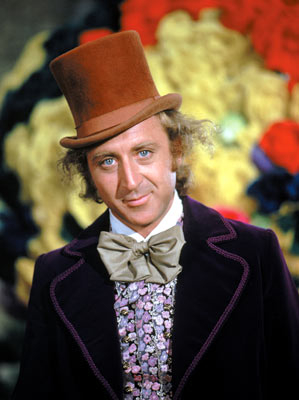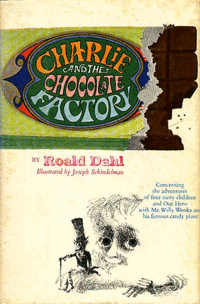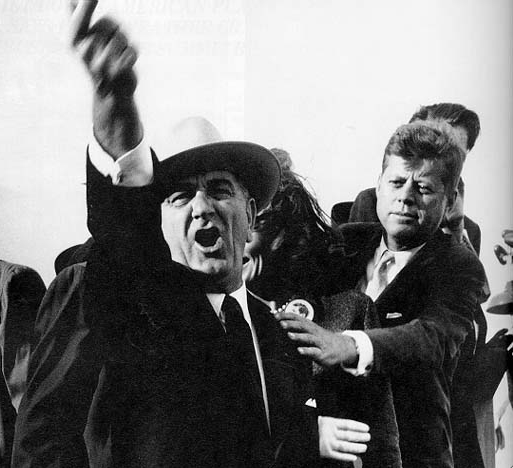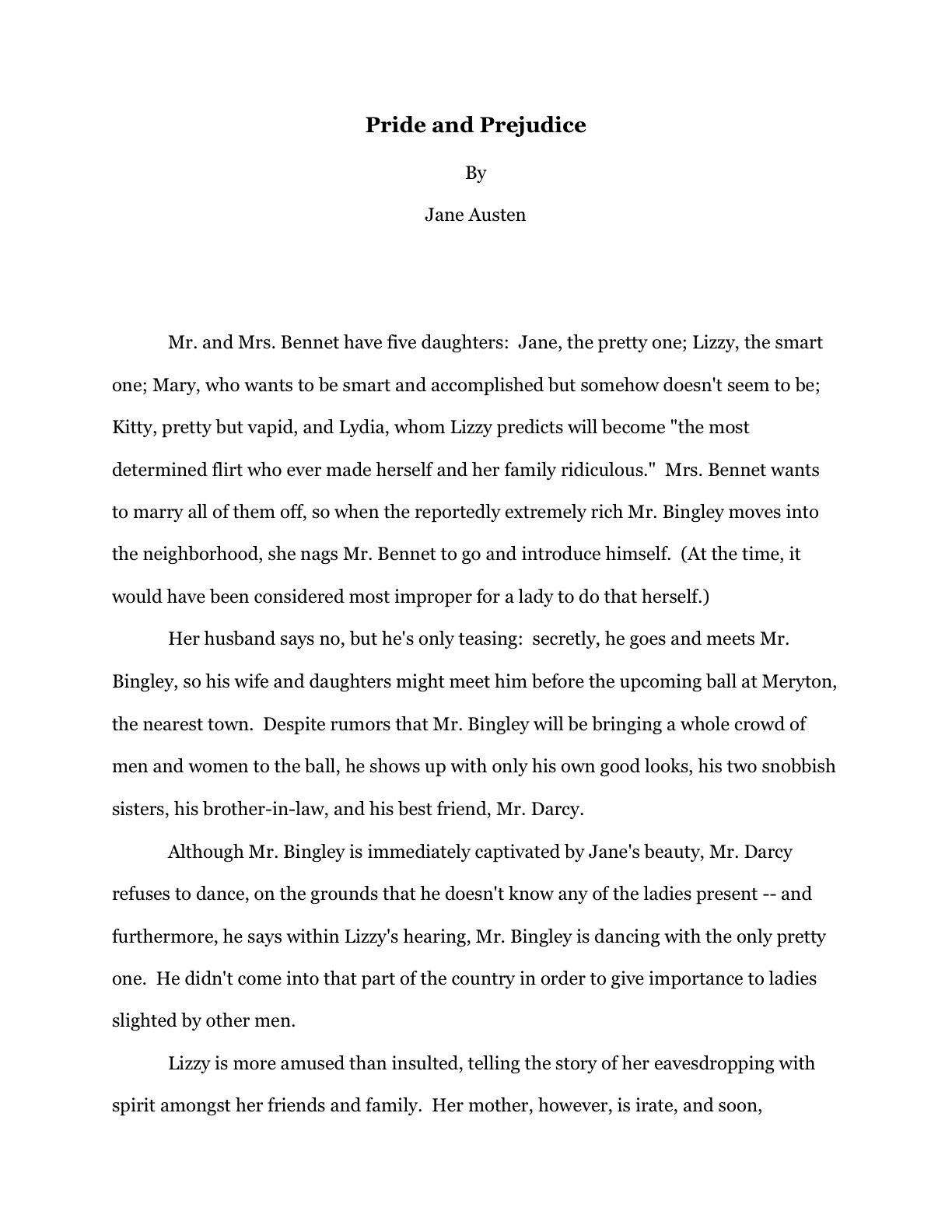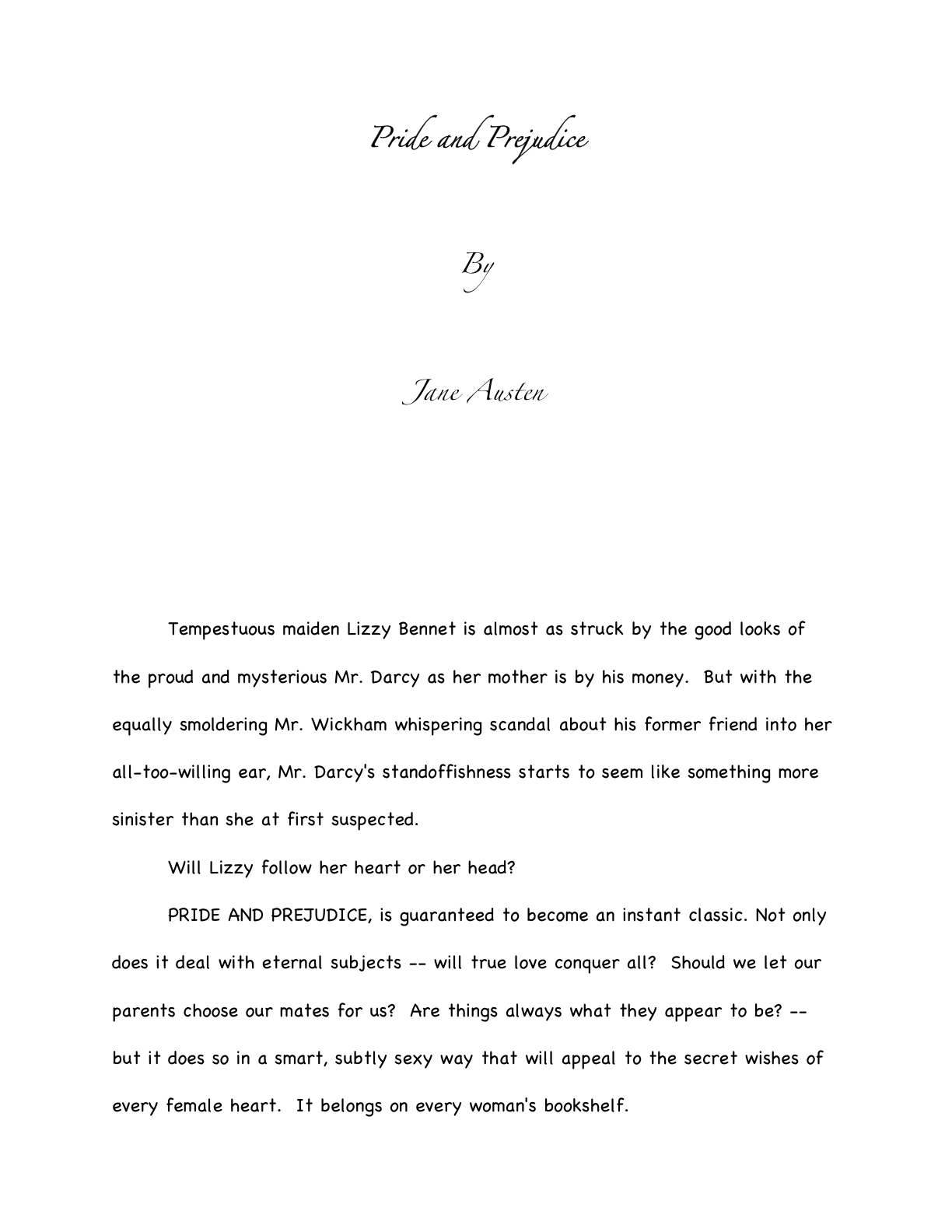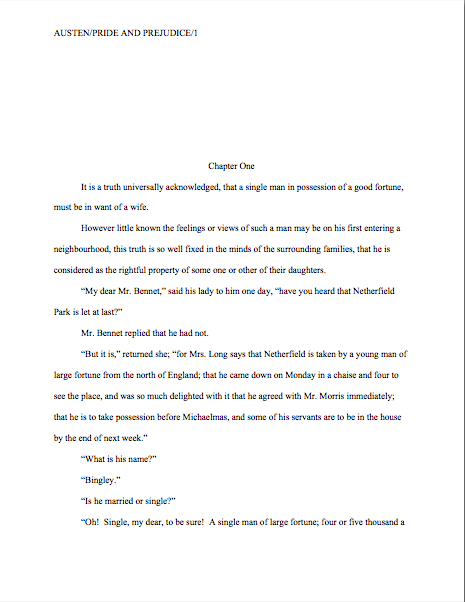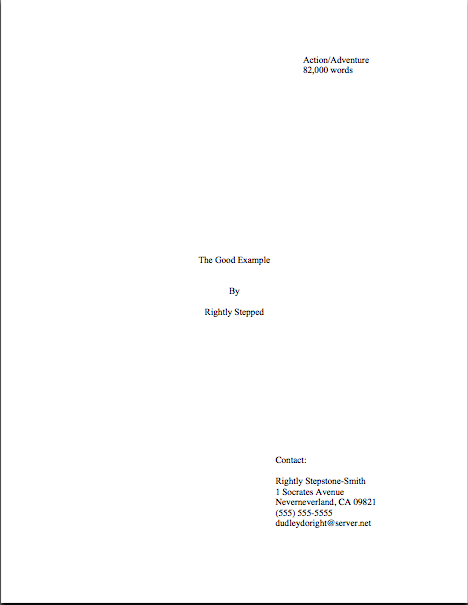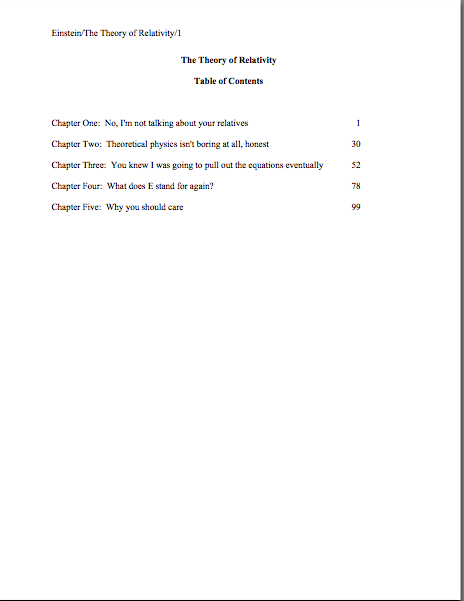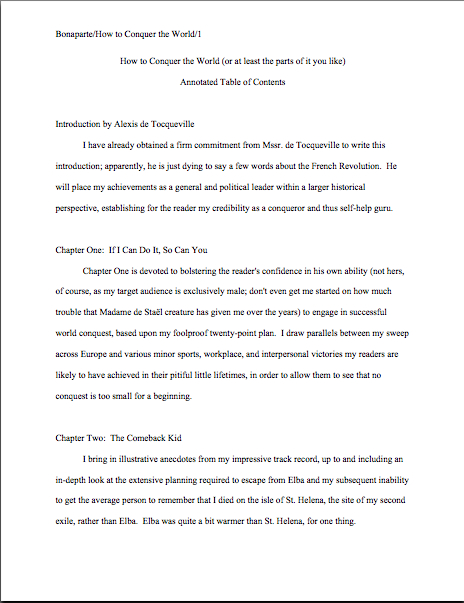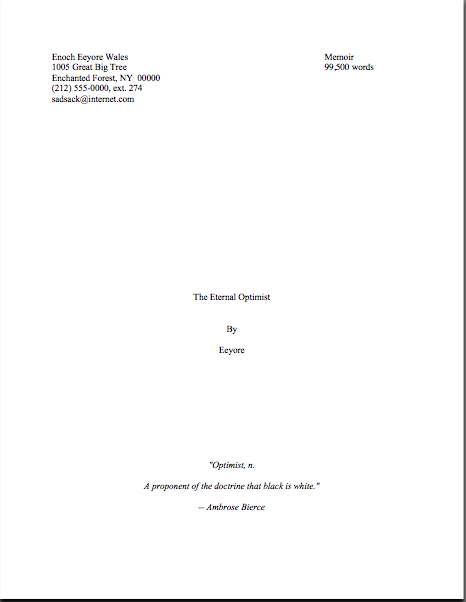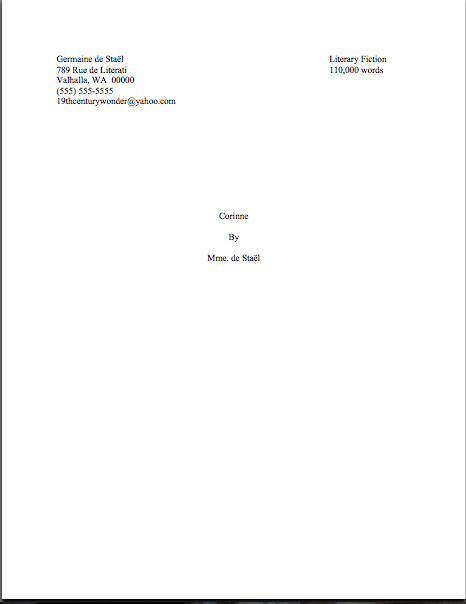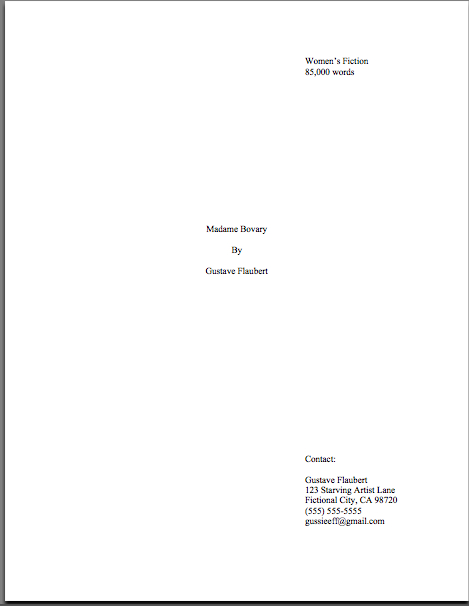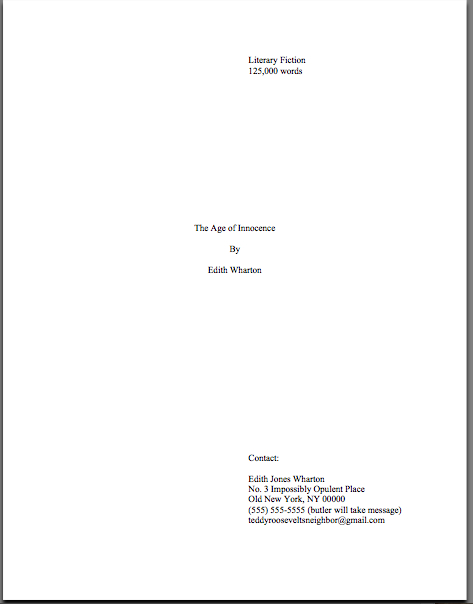All throughout my lovely long weekend (hey, even bloggers occasionally like a day off), I could have sworn I heard the muffled cries of my readers from afar, small as the mews of freshly-born kittens. “But Anne,” these wee voices called after me, “you didn’t tell us how to format an author bio…and you ALWAYS tell us how to format things…”
At least, I think that’s what they were saying; it’s also possible that they were merely reading a particularly bad translation of Antoine de Saint Exupéry’s Le Petit Prince very, very slowly. Wafting ghostly voices are notoriously inarticulate.
Assuming that my first interpretation was indeed correct, let’s talk format.
The bio is always the last page in a submission packet, but unless a bio is part of a book proposal, it should neither be numbered nor include a slug line. In a novel submission, it should be placed at the end of the pages you’re submitting, regardless of whether you have been asked to send a full or a partial manuscript.
It should always be in the same typeface and font as the rest of the manuscript or book proposal. No exceptions. (And if you’re unfamiliar with the typefaces the publishing industry tends to prefer, or even that such preferences exist, you might want to consider consulting the STANDARD FORMAT ILLUSTRATED category on the list at right with all deliberate speed.)
Beyond those limitations, there are two standard formats for an author bio. The first is very straightforward: a single page, double-spaced, in standard manuscript format. (If that last term was a mystery to you, I can only reiterate my suggestion that you visit the STANDARD FORMAT ILLUSTRATED category on the list at right. Improperly-formatted manuscripts are far, far more likely to be rejected than ones that look professional.)
The author’s name should be centered on the top of the page, resulting in a document that looks little something like this:
Some would argue (including me, if memory serves, the last time I tackled this topic here) that the text should be additionally decorated by either the first line of the page or the first line under the author’s name reading, “Author bio.” Not a startlingly original title, it’s true, but you must admit that it’s descriptive.
I no longer advise this, for the simple reason that a significant and apparently growing segment of the agent population now seems to prefer that their clients dispense with this little piece of self-evident labeling. Most of the bio-writers I know are only too glad to omit it, as it permits an extra line of text in what is, let’s face it, a rather brief space into which to cram one’s charms.
Personally, I use the other type of bio format, the kind that includes a photo: half a page, single-spaced, with a 4×6 photograph centered 1 inch from the top of the page, above the text. In between the photo and the text, the author’s name appears, also centered.
The end result looks a little something like this:
Admittedly, the LP’s picture is a trifle larger in this example than I would advise using — ideally, the photo should take up only the top third of the page, and here, LP has opted to allow the visuals to extend considerably lower, as some less animated authors also choose to do. It’s a legitimate choice, certainly, but anybody out there notice the down side?
If you said, “By gum, that looks a whole lot like 157 words, rather than the 250 or so I was hoping to include on my bio,” give yourself a gold star for the day. Heck, give yourself two; they’re small.
The easiest way to get that photo onto the page — and the only way, if you intend to e-mail your bio without first running the hard copy through a scanner — is to get a friend with a digital camera take a picture that you like, then use the image as clip art to be inserted on your author bio page.
If this sounds like far, far too close an intimacy with technology for you, take the photo to a copy center and ask the nice folks behind the counter to arrange a color copy so that the picture and the text are on the same page. For a small fee, they will probably be delighted to produce a stack of snail mail-able hard copies for you.
I can tell you from experience, though: do NOT wait until you need an author photo to have your picture taken. Many, many aspiring writers hold off, assuming (usually wrongly) that their future publishing houses will take care of — and pay for — this detail for them.
These well-meaning souls almost invariably end up unhappy with the author photos on their respective dust jackets.
Why, the camera-shy gasp? Well, it often takes many tries to obtain a photograph that you like enough to want to see mass-produced — or one that will look good in the school photo-size viable for most book jackets. It’s a bit easier now than it was prior to digital photography, of course; now, even an amateur can take 500 snapshots in an endeavor to find the perfect pose.
Yet when dear self is making the decision — and when a poor choice is going to haunt one for the rest of one’s literary life, smirking back at one from jackets, websites, the publishers’ catalogue, and, if you’re lucky, next to you at a packed signing in a major bookstore — believe me, dear self is going to want some time to equivocate.
Seriously, published authors wrestle with this one all the time.
That’s one reason that you don’t always recognize your favorite authors at book signings, incidentally; established authors’ photos are often a decade or more out of date. It’s not merely out of vanity, in order to appear more youthful to their readers (although I could name some names here), but because the photo-selecting process can be tedious and expensive.
Another excellent reason not to leave the construction of your author bio to the last minute, eh?
I’ve been sensing some tentative hand-raising for several paragraphs now. “Um, Anne,” some of you pipe up, “could you explain a bit more about why the reasoning about the publisher’s taking care of the photo is wrong? I always thought they just kept a bunch of professional photographers on staff to handle this sort of thing.”
Um, no. Posed, professional studio-taken photographs used to be more common on book jackets than they are today, but those photos were not in-house. At best, a publisher in the bad old days might cough up the dosh to have a pro snap some pictures, which made perfect sense: since this photo is usually also reproduced in the publisher’s catalogue, too, they were the clear beneficiaries.
But in recent years, that practice has become rare, especially for first-time authors. So guess who usually ends up paying for the professional photos you DO see?
Uh-huh.
I speak with aspiring writers all the time who are shocked — shocked! — to learn that the author is responsible for obtaining the photograph that graces the dust jacket. Now, the author’s photo is often posted on his website as well, but chances are that that the publisher is still not going to pay anyone to take a picture of you until you are very well established indeed.
Yes, you’re right: this is yet another expense that the publishing world has shifted onto writers. Sorry. But if you get your talented friends snapping now, you might just end up with a stellar photo you love at a fraction of the cost of a professional shoot by the time you need it.
I just mention.
All of this, of course, begs the question: even that it can be expensive in terms of both time and money to come up with a photo to accompany your author bio, is it really worth your while to use format #2?
As is so often the case with strategic decisions, be they literary, military, or just plain office politics, the answer is: it depends.
If you happen to be outstandingly attractive, yes, it is pretty much always going to be worth your while, and not just because Millicent is shallow. (She isn’t, typically.) These days, the marketing departments at publishing houses actually do want to know if an author is photogenic — and telegenic — if a book is expected to be a big seller.
If you tend to find potential agents and editors by accosting them at conferences and/or classes, it is worth your while to shell out for the small additional expense of producing an author bio with a photo of you on it. The reason for this is simple: it makes it easier for agents and editors to remember having spoken to you.
Not in a “My, but that’s an attractive writer!” sort of way, but in a “Hey, I have a distinct recollection of having had a rather pleasant conversation a month ago with that person” manner.
PLEASE do not take the fact that a nudge to the memory is sometimes necessary as a reflection upon either your book’s market chances, the quality of your writing, or your inherent memorability as a human being. As I mentioned earlier in this series, the average agent speaks to somewhere between 50 and 200 eager writers at a conference. The chances of his remembering your name in retrospect are rather low, even if you and your book are genuinely scintillating.
This can be true, perversely, even if the agent in question appeared to be foaming at the mouth with greed when you pitched your project. Post-pitch enthusiasm has a nasty habit of fading on the way back to NYC; it must have something to do with the coffee served on the flight back.
Again, sorry. Let’s get back to practicalities.
It is less important to look pretty in your author photo than to look interesting, generally speaking — and here, the standard posed, gently-smiling-under-indirect-light professional shot may actually work against you. So unless your book’s subject matter is very serious indeed, try not to make your bio picture look like a standard, posed publicity shot.
Why? For the same reason that when you flip back through your yearbook, half of the senior pictures seem more or less interchangeable: just looking nice tends not to be memorable.
You may laugh, but it is amazing how many author photos look like senior class pictures, devoid of personality. Try to not to look as though you were voted Most Likely to Write a Book.
But unless you are writing something pretty sizzling, you might not want to look as though you were voted Most Likely to Grace a Street Corner, either, if you catch my drift. Glamour shots became kind of popular in the mid-1990s, especially for female authors, but at this point, lenses that seem to have been bedewed with Vaseline make a picture seem dated.
And yes, Virginia, you SHOULD worry about what your author photo says about you — and not just because you don’t want your dear old white-headed mother to pick up your novel years from now in Barnes & Noble, clutch her chest, and keel over, crying over your boudoir shot, “I can’t believe my baby let someone PHOTOGRAPH her like that!”
The author photo is another opportunity to express your personality – which, lest we forget, is part of what you are selling when you pitch a book, like it or not, especially if you are marketing a memoir.
Here’s a radical idea: why not strive to make the tone of the picture match the tone of the book, or have the environment echo the subject matter? You might want to surround yourself with objects associated with your book’s topic for the photo, but avoid making the picture too busy. You want the viewer to focus on your charming face, after all.
One of the best author photos I ever saw was of an arson investigator. Far from being airbrushed and neat, his face was barely visible: he was covered in soot, crouched in front of the ashes of a burned-down building out of which he had apparently recently crawled.
Did it make him look attractive? No, unless the observer happened to be turned on by smoke stains. Did I believe instantly and absolutely that he knew his subject upside-down and backwards? You bet.
I know that pulling this all together seems daunting, but trust me, the more successful you become, the more you will bless my name for urging you to put together a killer bio, with or without photo, in advance. Once you start getting published, even articles in relatively small venues or on websites, people in the industry will start asking for your author bio and photo.
At that point, when editors are clamoring to hear your — yes, YOUR — magical words, I can absolutely guarantee that the last thing you will want to be doing is sitting hunched over your keyboard, trying to summarize your entire life in 250 words.
Okay, not the very last thing: the very last thing you will want to be doing is scrambling through your bottom desk drawer, searching for a picture of yourself that would not make you cringe ten years hence.
Now that I’ve thoroughly terrified you, I shall sign off for the day. Next time, I shall tie up a few last loose ends regarding bios, photos, and their production. In the meantime, keep up the good work!





